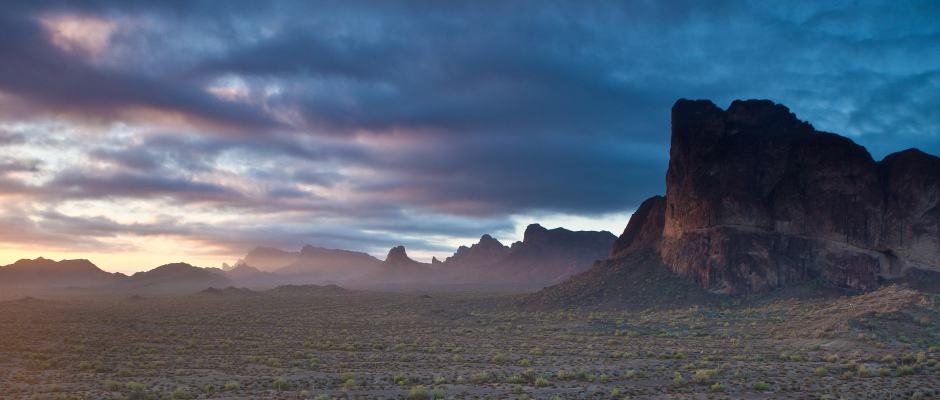Share this article
Thoughts from the Executive Director
 Over the last year I have communicated on various aspects of the Society’s business and the many changes underway to enhance the Society’s value to its members. Last month completed the calendar year 2014, and we now have a full view of last year’s record. So now is a good time for a retrospective look at where we are and a prospective look at what to expect for the near future.
Over the last year I have communicated on various aspects of the Society’s business and the many changes underway to enhance the Society’s value to its members. Last month completed the calendar year 2014, and we now have a full view of last year’s record. So now is a good time for a retrospective look at where we are and a prospective look at what to expect for the near future.
First to the Society’s finances, since this issue has been front and center in the minds of many since well before I started as Executive Director about 2 years ago. I have mentioned on numerous occasions that the signs of recovery for TWS appear to be strengthening, as we recover from financial difficulties that began with the recession of 2008 and continued on for several years afterward. To get a sense about where we are at this time and the trends going forward, it is instructive to compare the numbers for the Society’s net assets and income over the last five years, as reported in the audit reports that are posted on our website. I discussed asset and income metrics in some detail in the October 2013 issue of The Wildlifer, where I talked about net assets in terms of total assets net of liabilities, and income in terms of revenues net of costs.
A review of our annual audit reports over the last five years presents a clear pattern of loss followed by recovery over that time. Thus, the audit report for 2010 shows a loss of 9 percent of our net assets, with a decline from $1.554M on January 1, 2010 to $1.408M on December 31, 2010. In the next two years we recorded even greater declines, 28 percent in 2011 followed by a 13 percent loss in 2012. As the austerity measures initiated by the Council in 2012 began to have an effect, a turnaround occurred in 2013, with a 17 percent rebound in net assets from a low of $872K to $1.027M over the year. For 2014, the audit report through June 2014 and our financial reports through December indicate that the rebound continued and even gained momentum last year, with an 18 percent increase in net assets to $1.214M in December 2014. The December figure counts a 2014 signing bonus from Wiley Publishers of $615K as a liability, as per Generally Accepted Accounting Principles. Because the bonus carries with it no future obligations on the use of the funds, our auditors suggested that an appropriate measure of the Society’s ability to cover short-term obligations with immediately available assets should consider liabilities net of the bonus. Using this approach indicates net current assets of about $1.8M, a much better position for the Society than in the recent past.
The same patterns are displayed in the audit reports for the Society’s net income over the last 5 years. Thus, in 2010 we ran a deficit of nearly $200K in net income, in 2011 a deficit of $300K, and in 2012 a deficit of $200K. In each year the deficit required the Society to cut into its asset reserves to cover current obligations. But 2013 again proved to be the turnaround year, in which we stopped the downward spiral and actually recorded positive net income of $77K. And in 2014 we built on that success to record a $219K surplus.
These figures suggest that the Society is well into a turnaround in its financial fortunes, with prospects for continued growth over at least the near term. Of course, that doesn’t mean we are where we want or need to be, and frugality continues to be the watchword for our financial management. Nevertheless, I am very pleased to report that we are in a much healthier financial position than we were just a few years ago. The patterns are clearly positive, and the future, even with all its uncertainties, looks hopeful.
Along with the rebound in our financial fortunes, there are many positives that have been and now are occurring. Many of these are tied to the Society’s strategic plan, which lays out a roadmap for the Society over the next five years. In the June 2014 issue of The Wildlifer I wrote about the plan and its strong thematic focus on wildlife conservation, leadership in the conservation community, service to TWS members, integration and networking, and good business management. The plan was approved by the TWS Council at its October meeting in Pittsburgh, and we are now well along in its implementation. In the June issue of The Wildlifer I also described several initiatives that are being undertaken to accelerate work on the strategic plan. A good part of the implementation to date has been the development of a multi-tiered communications platform to serve as a nexus for the Society’s communications and coordination with members and partners.
A key element of that platform is the Society’s new website, which hopefully you have seen by now. It is very different from the site it replaced, and is designed to be more dynamic, more content driven and more useful to Society members and partners. We hope and expect the website to be on ongoing source of information about the Society and the wildlife discipline it supports, and to provide encouragement to our members to continue engaging in the many ways that are highlighted there.
A second important element is the look and content and frequency of The Wildlifer. Since you are reading this I know you are aware of these changes. The new eWildlifer is a much more dynamic communication medium, one that is now distributed electronically to members on a weekly basis rather than monthly. It retains information about the structure and functioning of the Society, but also includes weekly updates as well as lots of news about wildlife and opportunities for engagement by our members.
Finally, in the upcoming weeks we will be implementing our new Wildlife Partners program, which is designed to encourage professionals and partners who are not now members of the society to become involved. The program will provide limited but useful content to non-members, while making it easy for them to become full members of the Society. This program will serve many functions, for example carrying the good work of the Society to a broader audience than it now reaches, building our membership base to give the Society a stronger voice, adding new perspectives in our deliberations on science and conservation and policy, and providing new opportunities for the professional growth.
These three initiatives are at the heart of the initiatives articulated in the strategic plan to rebuild and enhance the Society. Of course, there are many aspects of them that could be emphasized, things like the Conservation Affairs Network, new initiatives in publications, and new outreach efforts to develop more effective partnerships with our state and federal and nongovernmental partners. I will talk more about these efforts in future contributions to our website. For now, suffice it to say that it’s an exciting time to be involved with the Society, as the future is opening up to new possibilities and we take the steps needed to seize them. I’m proud to be a member of this dynamic organization, and I encourage you to continue your involvement activities at all levels on behalf of wildlife.
Header Image: Image Credit, BLM








